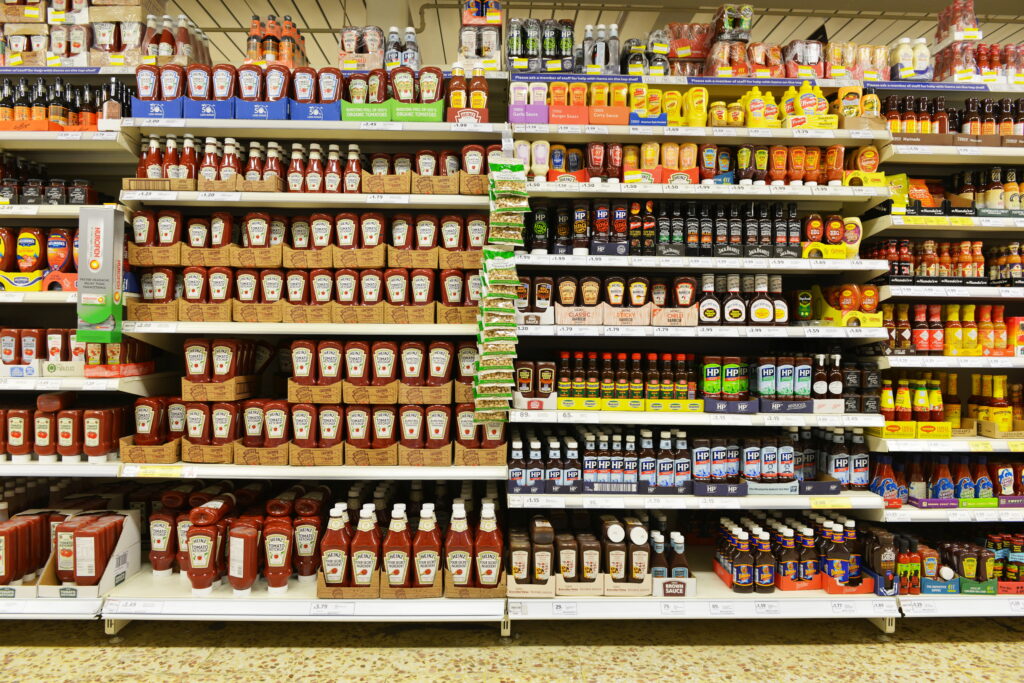And, with Defra and the Welsh Assembly Government expected to publish a report summarising responses to the first of those two consultations in early 2010 (see letsrecycle.com story), letsrecycle.com looks at some of the key points in the revised Directive, and the issues that are already dividing opinion in the waste sector.
Waste hierarchy
At the heart of the revised Waste Framework Directive is the updated waste hierarchy contained in Article 4.
While, in its previous form, the Directive called on the UK to “encourage” waste prevention, in the first instance, and then recovery through reuse, recycling of reclamation, the revised Directive outlines a new hierarchy which should act as a “priority order” in waste prevention, legislation and policy.
The amended hierarchy is:
– Prevention;
– Preparing for reuse;
– Recycling;
– Other recovery – including energy recovery;
– Disposal.
This outline has already attracted considerable discussion in the waste management sector – not least because of its apparent exclusion of composting.
Defra has stated its confidence that composting will count as recycling in both the hierarchy and the national recycling targets set by the Directive, but the Department is still seeking clarification over whether organic waste treated by anaerobic digestion counts as 'recycled' when it is used on land (see letsrecycle.com story).
The hierarchy has also been the subject of discussion for its inclusion of some forms of energy recovery as a preferential optional to waste disposal, with a lengthy calculation called the 'R1 Formula' specified as the means to clarify whether an energy-from-waste process is energy efficient enough to qualify as 'recovery'.
However, while this would appear to represent a boost for advocates of energy-from-waste, it remains unclear just how many of the scores of both proposed and built facilities in the UK would satisfy the complicated-looking requirements of the formula.
Recycling targets
The targets in the Directive are:
– to recycle or prepare for reuse 50% of household waste by 2020
– to reuse, recycle or recover 70% of non-hazardous C&D waste by 2020
Alongside this, the Directive details a requirement to set up separate collection of “at least the following: paper, metal, plastic and glass”, from the household waste stream by 2015.
There is apparent further support for source-separation in the same Article's call for member states to “set up separate collections of waste where technically, environmentally and economically practicable and appropriate to meet the necessary quality standards for the relevant recycling sectors”.
However, with the large part commingled collections have to play in the UK waste management landscape, the final approval of the Directive was accompanied by assurances from Defra that there was still a place for commingling after 2015 in cases where it was deemed the “most effective means of increasing recycling rates in the local circumstances.”
And, in the same statement the Department also sought to allay concerns that the Directive would mean the UK would have to reach a 50% target for each of the four materials mentioned in Article 11, stressing that , in its interpretation of the target, it would not apply to “individually” (see letsrecycle.com story).
End of waste
One area given particular attention by the revised Directive is end-of-waste, with Article 6 of the document stating that: “certain specified waste shall cease to be waste when it has undergone a recovery operation and complies with specific criteria to be developed in line with certain legal conditions, in particular: there is an existing market or demand for the material, the use is lawful, the use will not lead to overall environmental or human health impacts.”
Work is already underway on the first set of materials to be considered under this committee process the Commission uses in this area, with European regulations for when ferrous, aluminium and copper scrap cease to be waste – and are therefore not subject to waste controls – expected in 2010 (see letsrecycle.com story).
Paper and glass have also been identified as materials which will have end-of-waste criteria developed for them.
However, questions have been asked over whether defining end-of-waste status using rigid criteria could, in fact, make it harder for materials to be freed from waste regulations than is currently the situation – where end of waste issues are looked at on a case-by-case basis (see letsrecycle.com story).
And, there also remains uncertainty over just how the European-level work on end-of-waste will interact with the ongoing work by the Environment Agency and Waste & Resources Action Programme to establish Quality Protocols, defining when a waste ceases to be a waste.
By-products
Article 5 of the Directive details similar details for by-products – substances or objects which are produced during a process, but not as the main aim of that operation – in a bid to free these up from waste legislation.
However, as with end-of-waste status, the Directive outlines a number of criteria that must be satisfied to achieve this classification, and there have been concerns raised that some of these requirements – in particular one expecting further use of the by-product to be “certain” – could create an issue for producers.
Further provisions
Further provisions in the Directive which look set to have a particular impact on the UK waste management landscape include:
– Extended producer responsibility – Article 8 of the document grants member states discretionary powers to introduce new producer responsibility measures to increase levels of recycling, reuse and waste prevention. Local authority figures have already advocated an increased role for producers of waste in relation to sorting waste into different fractions for recycling and energy recovery, and also for specific materials such as waste textiles and tyres (see letsrecycle.com story);
– Waste prevention plans – Under Article 29, the UK is expected to draw up a waste prevention plan by December 12 2013. While there are no specific measures proposed by the Commission that must be included in the plans, it remains to be seen whether the UK will simply develop a single national waste prevention plan or also require local authorities to draw up their own individual approaches to reducing the amount of waste they produce;
– The repeal and reenactment of the existing Hazardous Waste Directive, including new provisions relating to some aspects of the management of hazardous waste;
– The repeal of the Waste Oils Directive, with some provisions of the Directive being reenacted in the revised Waste Framework Directive;
– Biowaste – under Article 22 of the revised Directive, the UK is expected to take measures to encourage the separate collection of biowaste – such as kitchen, food and garden waste – as well as it being treated in waste that ensures a “high level of environmental protection”. This issue is also addressed in a European Commission green paper published in December 2008, which explores how biowaste is currently managed across Europe and whether new legislation is needed (see letsrecycle.com story). However, the potential cost of requiring councils to introduce separate collections of bio-waste has already come under fire from local authorities (see letsrecycle.com story), and the government has also suggested individual member states retain control over the approach they take in this area.










Subscribe for free